Into the Hidden Depths of the Ocean
Feel your heart race as you encounter the ocean’s most majestic and mysterious dwellers.
Exploring the Unknown Depths
The Deep Ocean Zone at VGP Marine Kingdom takes you far below the sunlit surface, into a world where shadows and mystery dominate. This is the part of the ocean where light is scarce, pressure is immense and temperatures drop dramatically. Yet, life thrives here in extraordinary ways.
Every creature you encounter is a testament to adaptation, resilience and the rich diversity of life hidden in the ocean’s depths. Witness a collection of mesmerising marine species, all moving in beautiful cadence within this carefully recreated habitat. This zone is designed to inspire awe while educating visitors about the incredible balance that sustains life even in the ocean’s most extreme environments.
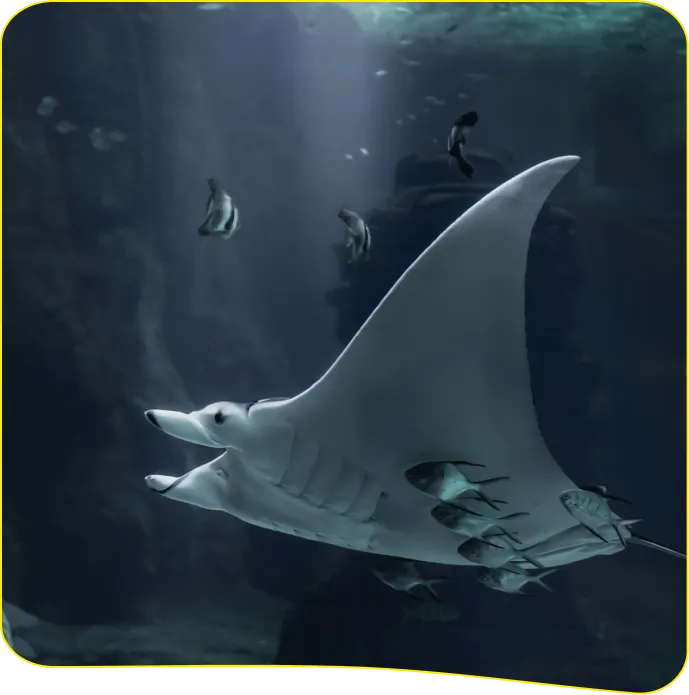
Meet Our Amazing Deep Ocean Residents
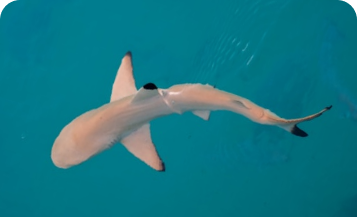
Lemon Shark
A small coastal shark renowned for its agile hunting skills and preference for shallow tropical waters before venturing into deeper zones.
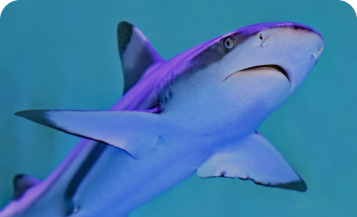
Blacktip Reef Shark
Recognisable by the black tips on its fins, this shark is highly social and plays an important part in maintaining the reef ecosystem balance.
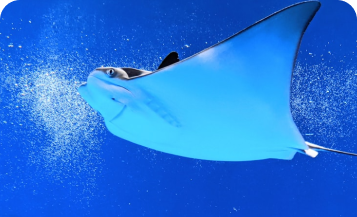
Giant Stingray
One of the largest stingray species, it glides gracefully across the seafloor, using electroreceptors to detect prey buried in sand.
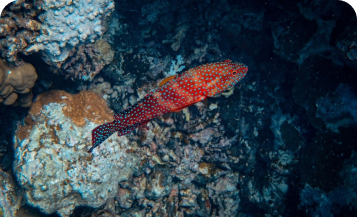
Orange-Spotted Grouper
A predatory reef fish that hunts smaller fish and invertebrates, noted for its distinctive colouration and its role in controlling reef populations.
Journey Through The Blue Expanse
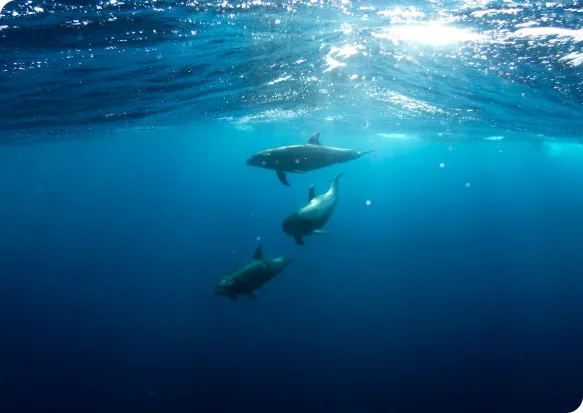
Walk The Ocean Floor
Enter the tunnel and feel as if you are standing on the seabed. The 70-meter underwater pathway, surrounded by 2.7 million gallons of water, immerses visitors in a panoramic aquatic world. Sharks, groupers and stingrays swim overhead, brushing past your field of vision, while blue lighting reminds you of the muted, eerie glow present in the deep ocean.
Witness Deep-Sea Life
Glide along the moving walkway as marine creatures go about their daily lives. Observe the elegant manoeuvres of sharks, the slow glide of batfish and schools of snappers darting around the tunnel. Every turn reveals new surprises, from the gentle drift of golden trevally to the bold presence of black-spotted pompano.
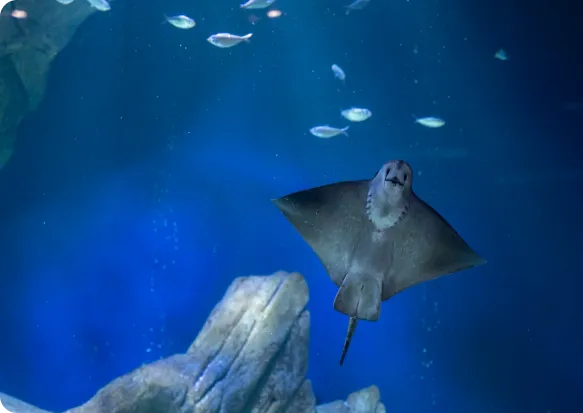
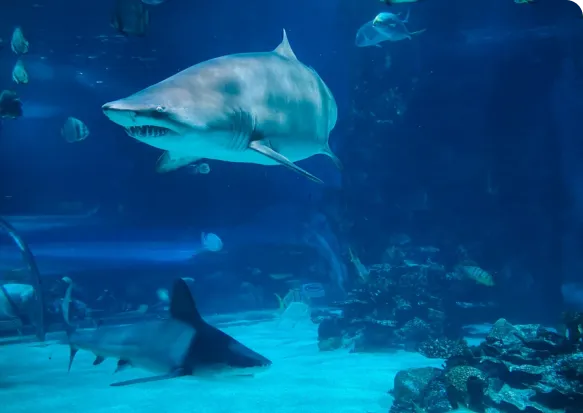
Be A Part Of The Ecosystem
Children and adults alike marvel at the tunnel’s unique vantage points. The zone hums with a calming resonance of underwater currents. Scuba divers occasionally pass through, interacting subtly with the creatures and reminding visitors that this underwater world is alive and dynamic.
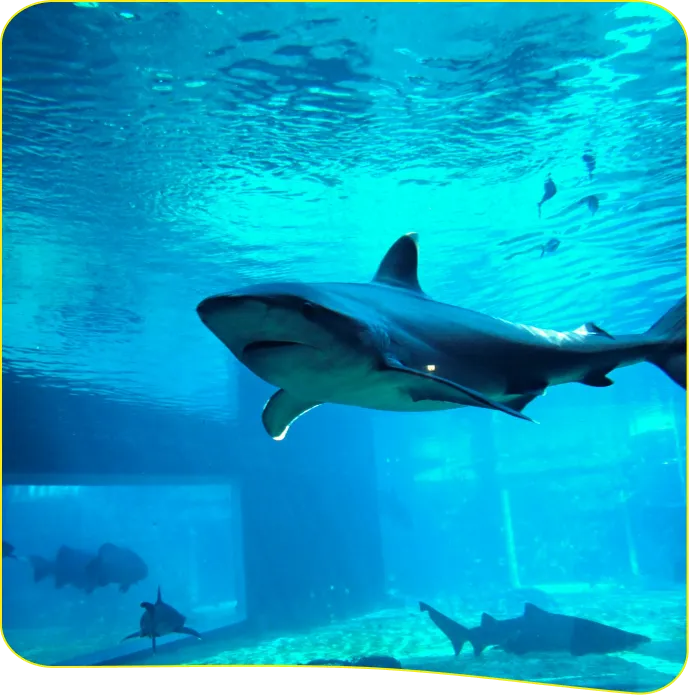
Safeguarding Wonders Of Deep Blue
Far below the sunlit surface, life thrives against all odds. Deep-sea dwellers display resilience that inspires awe. They are the keepers of balance, unseen yet essential. At VGP Marine Kingdom, we welcome you to admire these ocean creatures, understand their importance and join in protecting their fragile world.
Did You Know?
Some deep-sea sharks can detect a single drop of blood in an Olympic-sized swimming pool, making them incredible hunters.
Many deep-sea fish have bioluminescent organs to produce their own light to attract prey or communicate.
A few species of groupers in the deep ocean can change gender during their lifetime to maintain population balance.
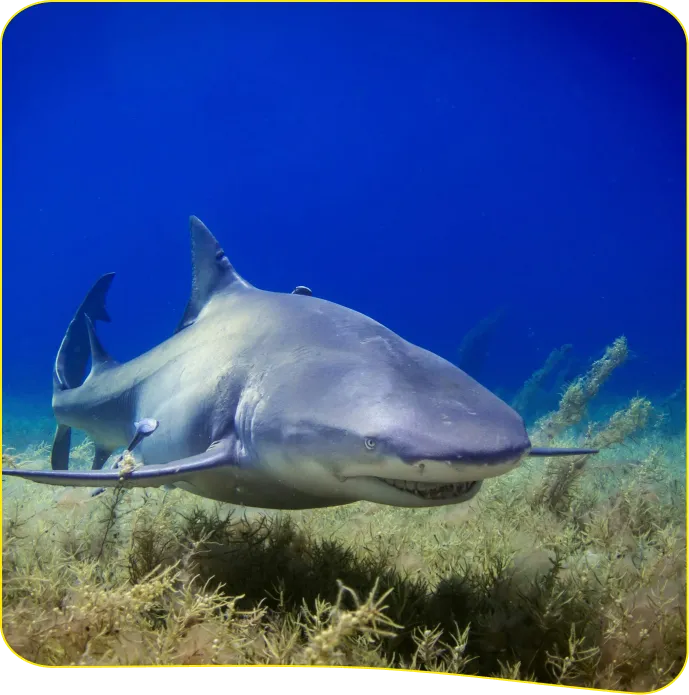
Plan Your Aquarium Day
Ever wondered what it is like 1000 meters below the sea?
Explore the Deep Ocean Zone now!